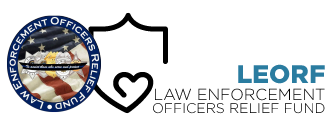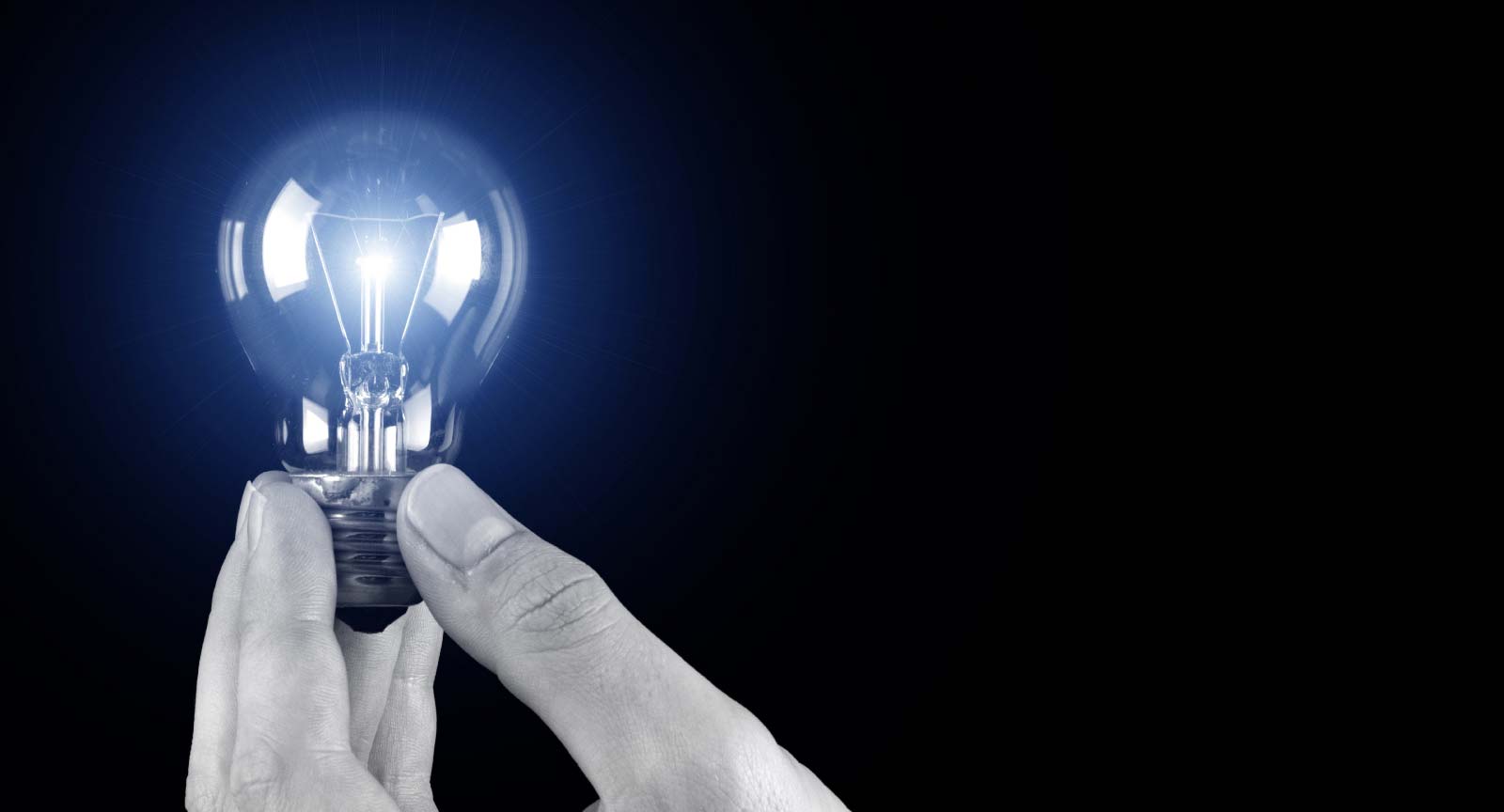TCPI.com’s website reviews LED lights and the safety surrounding their use, including their stand on the blue light technology. Their website is a great source in reviewing how LED lights work and they note that they pose less of a fire and burn hazard than heat-generating lights like incandescent lighting. LED lights are known for their efficiency and longer lifespan. Find out more information https://www.tcpi.com/are-led-lights-safe/
“So, what is so bad about blue light?
Blue light in itself is not a hazard. In fact, blue light from the sun keeps us alert and awake during the day, which is exactly what it is supposed to do. By receiving blue light from the sun, our circadian rhythm stays healthy and normal, encouraging good sleep and attentiveness during the day.
However, blue light becomes a problem when it is no longer daytime. Blue light from artificial sources, like computer screens, phone screens, and LED lights with cooler color temperatures, can give our brain the impression that it is still daytime. Then, when it comes time to sleep, our bodies are not ready to shut down for the night.
So, while blue light is not inherently bad, too much nighttime exposure can cause poor sleep, which can lead to physical and mental health issues. Not enough blue light can also cause problems. For example, some early research shows a lack of natural light from the sun can cause Seasonal Affective Disorder (SAD). In addition, in commercial settings, insufficient, dim light can pose health and safety hazards caused by low visibility.
Like so many components of health, when it comes to blue light, balance and moderation are key. Interested to learn more about blue light? Read What is Blue Light and how they work.
The blue light from LEDs is safe, but are LED lights harmful to skin?
LED lights do not contain ultraviolet rays and are safe for skin. Some studies have even shown that certain kinds of LED light therapy can be beneficial for skin concerns like acne and scarring.”


